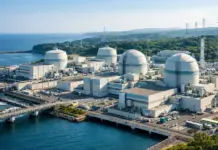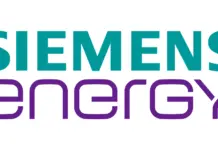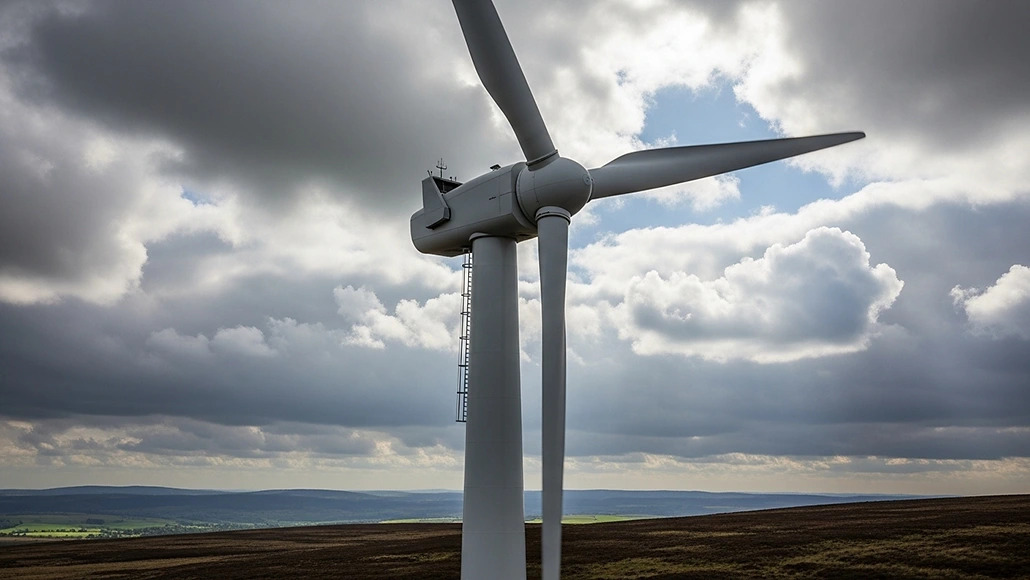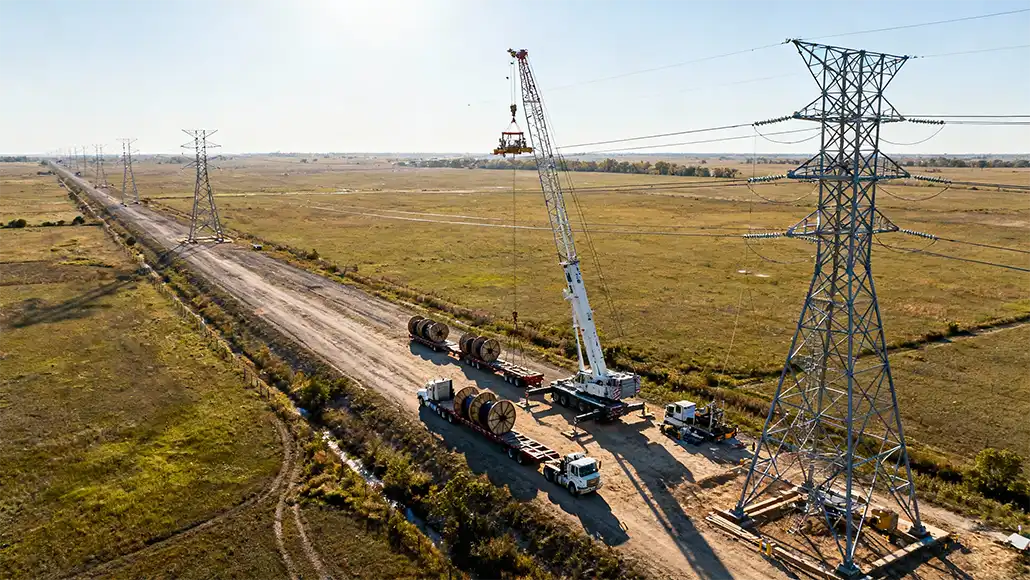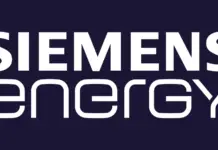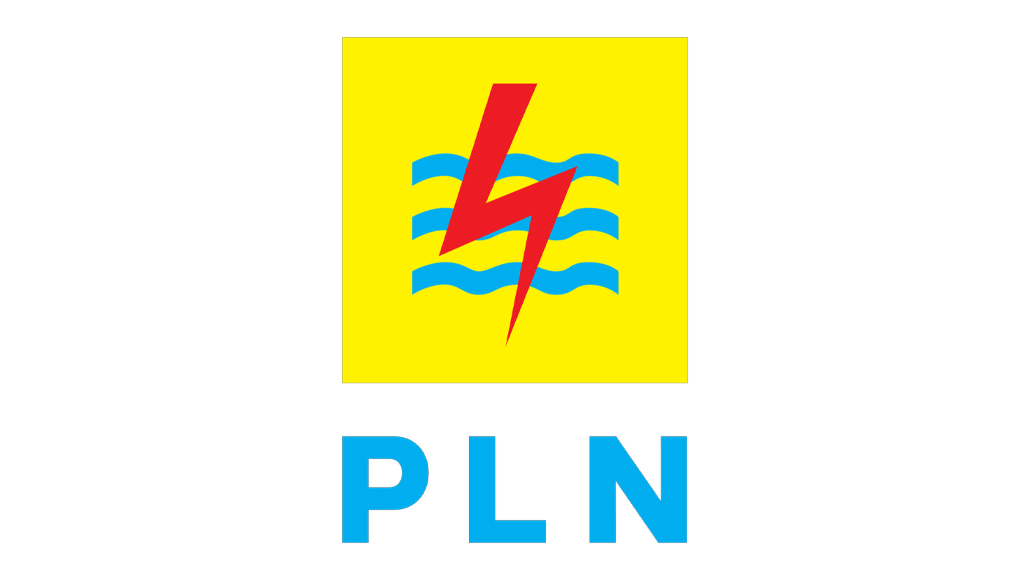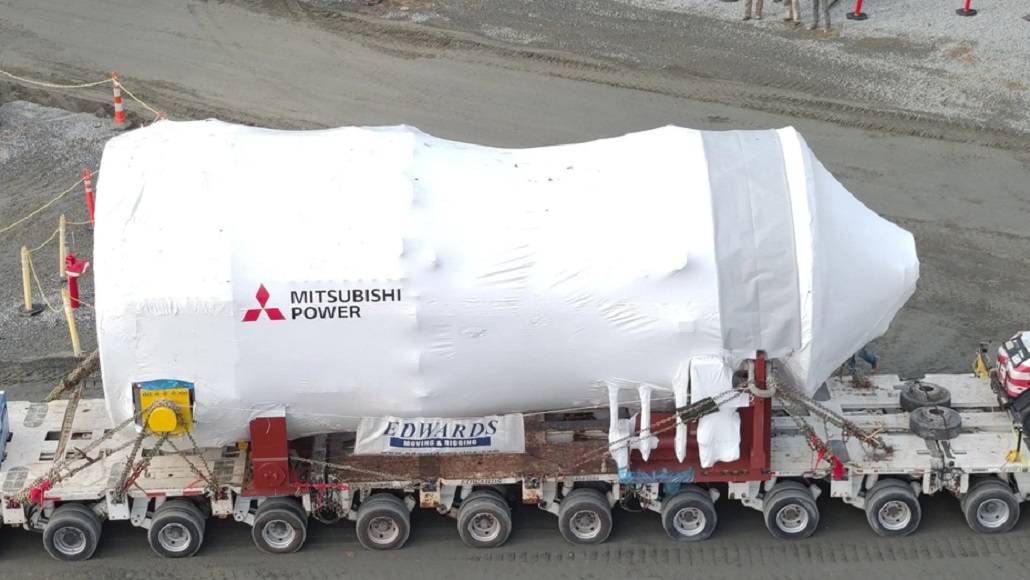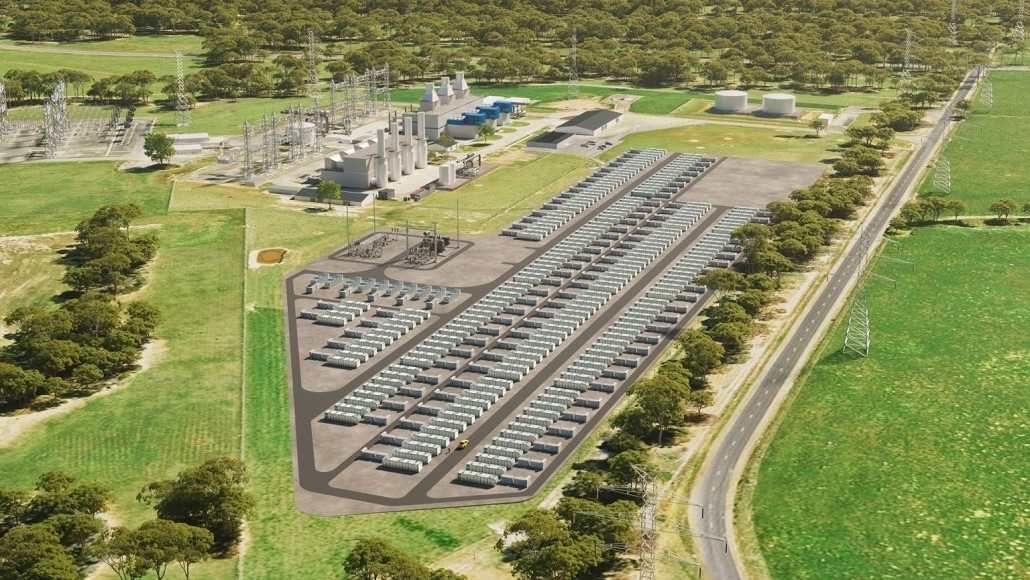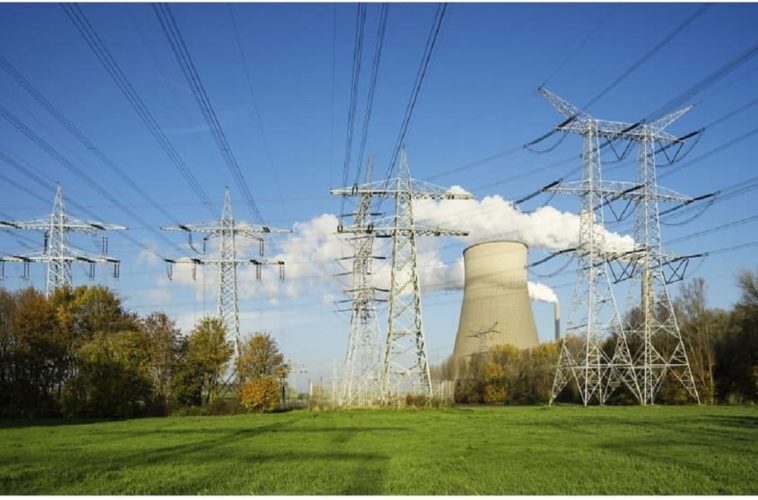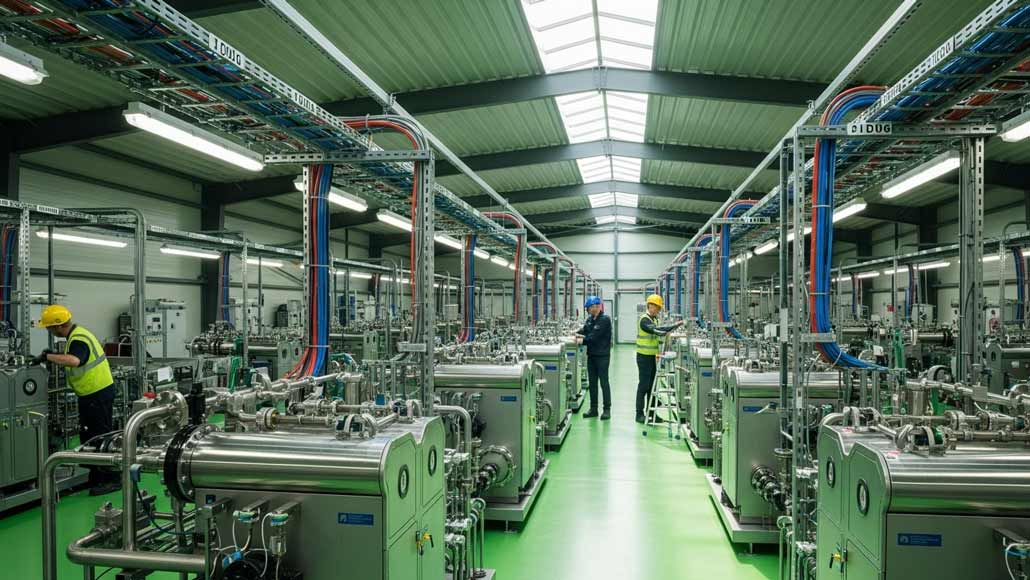The global shift toward sustainable energy sources is reshaping the energy sector’s landscape, with hydrogen emerging as a pivotal element in achieving carbon neutrality. As governments, companies, and communities accelerate their efforts to reduce greenhouse gas emissions, the hydrogen economy is at the forefront, offering promising pathways toward decarbonisation. Yet, this transition is not just about developing new technologies or infrastructure; it fundamentally depends on how digital transformation fuels innovation, efficiency, and safety within the sector.
The integration of advanced digital solutions, ranging from data analytics and artificial intelligence to blockchain and IoT, has become indispensable. This includes managing the complex, large-scale processes involved in producing, storing, and distributing hydrogen. This intersection of energy and digital sectors is creating a new paradigm, where transparency, operational excellence, and rapid deployment are interconnected through intelligent digital ecosystems.
The Growing Importance of Hydrogen in the Energy Transition
Hydrogen has long been seen as a clean energy vector against climate change. It offers versatile applications across industries, from power generation and transportation to industrial manufacturing and heating. Hydrogen is significantly capable of reducing carbon emissions. As renewable energy sources wind and solar mature and proliferate, excess electricity can be converted into green hydrogen through electrolysis, creating an abundant, low-carbon fuel.
Governments worldwide are formulating ambitious strategies to integrate hydrogen into their sustainable energy frameworks. The International Energy Agency projects that the global hydrogen market will expand exponentially within the next decade, with green hydrogen playing a central role. This rapid growth necessitates robust digital infrastructures to address the sector’s unique challenges, including efficient grid management, real-time monitoring, safety assurance, and stakeholder collaboration.
The success of the energy transition depends on digitalisation. It enables real-time data-driven decision making, optimises resource use, and enhances safety protocol. This is necessary for scaling hydrogen projects from pilot phases to mass deployment.
Core Technologies Powering Digital Transformation in Hydrogen
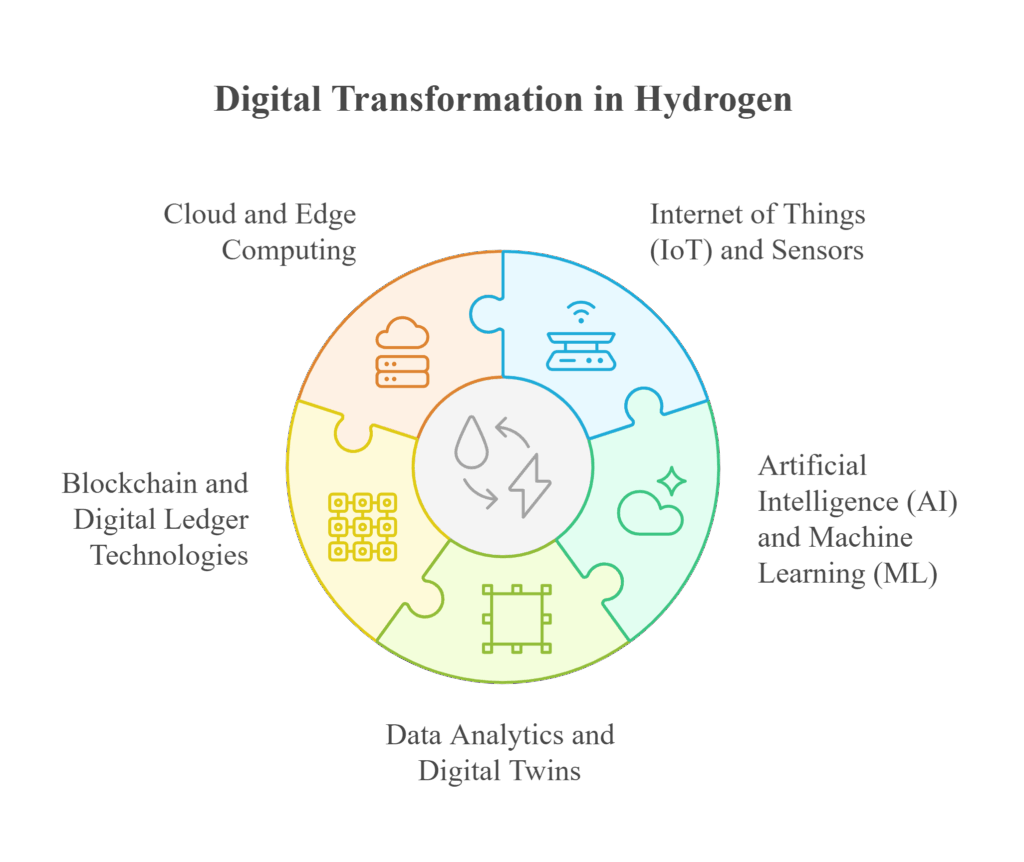
The technological landscape shaping digital transformation in hydrogen is diverse yet interconnected. The innovations for digital transformation shaping hydrogen in energy transition ranges from digitised asset management to intelligent predictive analytics. These form an ecosystem supporting the entire hydrogen value chain, from electrolyzers to end-use applications.
- Internet of Things (IoT) and Sensors
IoT devices integrated into hydrogen production units and storage sites constantly monitor operational parameters such as temperature, pressure, flow rates, and quality metrics. These sensors generate large datasets, providing continuous insights into system health, safety risks, and efficiency levels. Such real-time data enhances operational transparency, facilitates predictive maintenance, and minimises safety incidents.
- Artificial Intelligence (AI) and Machine Learning (ML)
AI algorithms analyse vast datasets to optimise process efficiencies, reduce energy consumption, and predict maintenance needs. Machine learning models can identify patterns indicating equipment degradation or process deviations, enabling preemptive adjustments. These insights significantly improve reliability and operational safety, especially in complex electrolysis and storage systems.
- Data Analytics and Digital Twins
Advanced data analytics interpret sensor data, enabling operators to gain a comprehensive understanding of their assets. Digital twin technology creates virtual replicas of physical hydrogen plants. This allows the stakeholders to simulate scenarios, optimise infrastructure design, and forecast maintenance needs without disrupting actual operations.
- Blockchain and Digital Ledger Technologies
Blockchain ensures transparency, traceability, and security within the hydrogen supply chain. It facilitates secure transactions, documentation, and audit trails for hydrogen production, shipment, and usage. It is especially vital for certifying green hydrogen’s origin and compliance with sustainability standards.
- Cloud and Edge Computing
Cloud platforms aggregate data from dispersed assets for centralised analysis, while edge computing processes vital information directly at the site. This combination ensures real-time responsiveness and scalability, even in remote locations with limited connectivity.
Strategic Advantages of Digital Transformation in Hydrogen
Digital transformation shaping hydrogen in energy transition offers important benefits that accelerate the integration of hydrogen into the global energy mix. The foremost advantage is enhanced operational efficiency. By deploying intelligent analytics and automation tools, hydrogen producers and distributors can minimise downtime, optimise electrolysis parameters, and ensure uninterrupted supply.
Safety management also benefits significantly. Hydrogen’s flammability and the high-pressure conditions involved in storage and transport pose risks that can be mitigated through real-time monitoring, predictive analytics, and automated safety protocols driven by AI.
Moreover, digitalisation supports broader sustainability goals. Data-driven insights allow operators to optimise energy consumption, directly reducing the carbon footprint of hydrogen production processes. Digital certification systems enhance transparency in green hydrogen markets and ensure regulatory compliance.
The agility gained through digital transformation underpins the sector’s capacity to scale efficiently. The ability to simulate different deployment scenarios, optimise infrastructure layouts, and forecast future demands ensures that investments are robust, adaptable, and economically viable.
Integration with existing energy infrastructure facilitates a seamless energy transition. This ensures that hydrogen complements renewable energy sources and enhances grid stability through flexible, intelligent control systems.
Sectoral Challenges and Solutions
Despite the clear advantages, the sector faces considerable hurdles in adopting digital transformation at scale. High initial investment costs for advanced sensors, analytics platforms, and automation systems can deter some stakeholders. The lack of standardised protocols across different regions and companies complicates interoperability and data sharing, reducing overall efficiency gains.
Cybersecurity risks increase with the digitalisation of critical infrastructure. Protecting sensitive process data and preventing malicious attacks requires stringent cybersecurity measures, ongoing updates, and comprehensive training.
The lack of digital skills within the workforce presents another barrier. Upskilling personnel, fostering a culture of innovation, and investing in continuous training are critical for successful deployment.
Data management complexities, including data validation, integration, and governance, also pose significant challenges. Establishing common standards and investing in robust data architectures are essential steps forward.
Finally, regulatory and policy frameworks need to evolve to accommodate digital innovations, ensuring data privacy, safety, and environmental compliance.
Future Prospects and Trends
The future of digital transformation shaping hydrogen in energy transition is poised for extraordinary growth. Already, emerging innovations such as AI-driven predictive analytics and machine learning will continue to enable smarter, more resilient systems. The development of blockchain technology represents secure, transparent supply chains for green hydrogen, fostering trust and facilitating market growth.
Edge computing and 5G connectivity will synergise, affording real-time control, even in remote, large-scale hydrogen facilities. Digital twins will become more sophisticated, modeling entire energy ecosystems for optimal planning and operations, thereby enabling proactive maintenance and investment decisions.
Policy frameworks and international standards are expected to evolve, creating an environment conducive to innovation, investment, and global trade in green hydrogen. Governments will likely provide incentives and funding for digital infrastructure upgrades, further accelerating sector development.
The integration of renewable energy with low-cost, smart digital systems will enable the hydrogen sector to transition towards fully sustainable and scalable solutions.
Conclusion: A Digital-Driven Future for Hydrogen
From enhancing operational efficiencies and safety to enabling decarbonization and supply chain transparency, digital innovations represent the shift towards a sustainable hydrogen economy.
As sectors and nations align around clean energy targets, the integration of digital technologies will unlock unprecedented levels of agility, resilience, and intelligence for hydrogen systems. Embracing this wave of innovation not only accelerates decarbonisation efforts but also fosters economic growth, and energy security.







